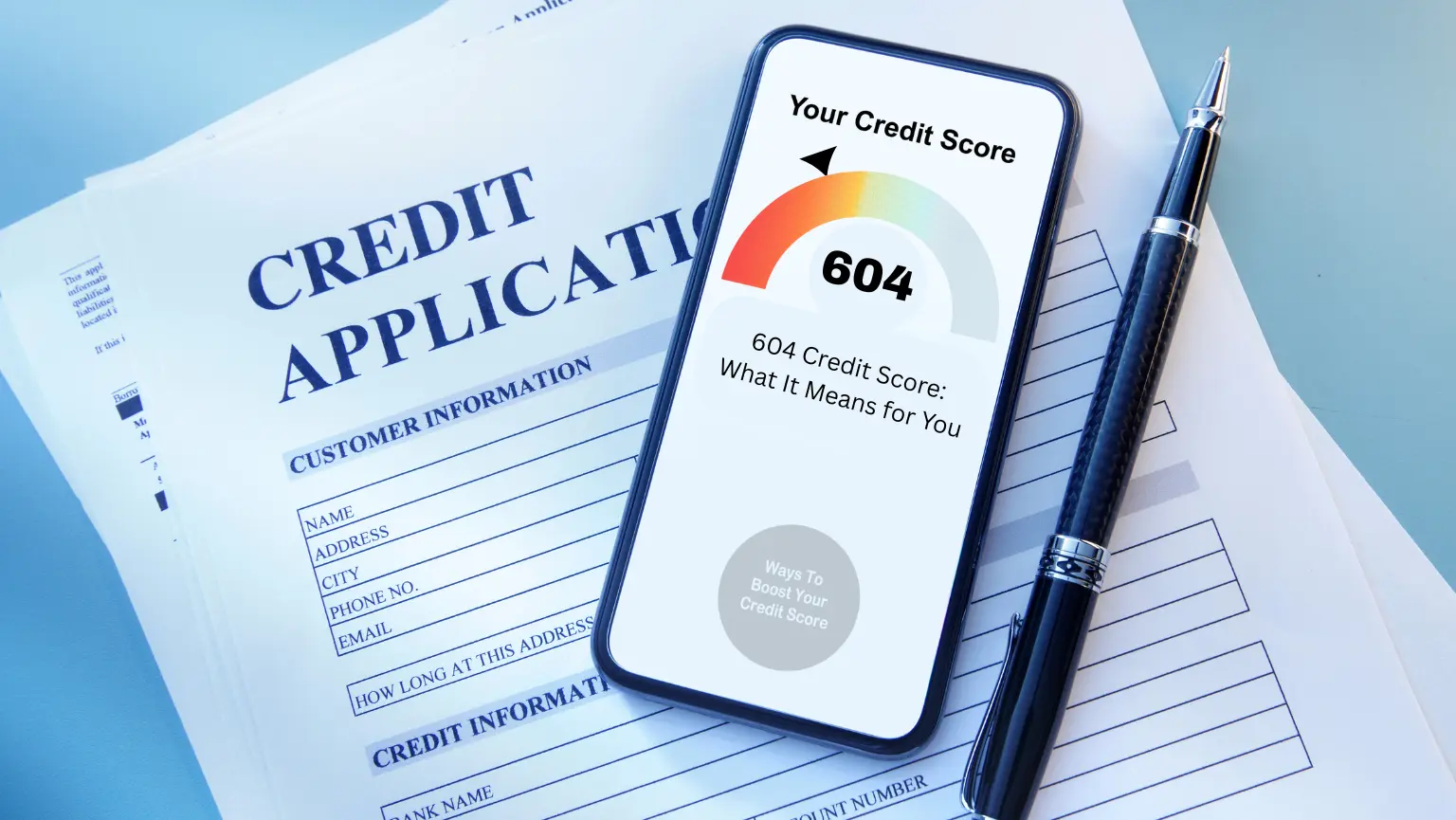
When it comes to personal finance, your credit score can influence the types of loans, interest rates, and financial opportunities available to you. If you’ve recently checked your credit report and noticed a 604 credit score, you might be wondering: is a 604 credit score good? This article provides a cautious, evidence-based look at what this number may indicate, its potential implications, and areas where information is limited.
Key Takeaways
- A 604 credit score is generally considered fair, indicating moderate credit risk.
- It may limit access to some loans or credit cards and could result in higher interest rates.
- Credit-building strategies, such as on-time payments and reducing debt, can gradually improve your score.
- Scores vary across reporting agencies, and a single number does not capture overall financial health.
- Information on long-term outcomes for fair credit scores is limited, so results may differ by individual circumstances.
What a 604 Credit Score Means
A 604 credit score generally falls within the “fair” or “below average” range according to most scoring models, such as FICO or VantageScore. Credit scores usually range from 300 to 850, with higher scores reflecting a stronger credit history. While a 604 is not considered poor, it is also below the typical threshold for many favorable financial products.
Some insights from credit reporting agencies and financial experts suggest:
- Individuals with scores in this range may face higher interest rates on loans and credit cards compared to those with higher scores.
- Approval for certain types of credit, like mortgages or premium credit cards, may be more limited.
- A 604 score can reflect past financial challenges, such as missed or late payments, high credit utilization, or limited credit history.
Potential Applications and Situations
Even with a 604 credit score, there are scenarios where obtaining credit is possible:
- Secured credit cards or loans: These products may be more accessible and can help rebuild credit over time.
- Smaller personal loans: Some lenders specialize in lending to individuals with fair credit, though rates may be higher.
- Credit-building strategies: Consistent on-time payments, reducing outstanding balances, and monitoring credit reports can gradually improve your score.
For context on a score close to this range, you can also read about the 603 credit score and how it may affect credit and loan options.
Limitations and Cautions
While a 604 credit score provides some insight into financial standing, there are important limitations:
- Lack of predictive certainty: A single credit score cannot guarantee approval or denial for credit. Lenders consider multiple factors, including income, employment, and debt levels.
- Variability among scoring models: Different credit reporting agencies may calculate scores differently, meaning a 604 on one report could differ on another.
- Incomplete reflection of financial health: Credit scores do not account for savings, assets, or other personal financial strengths.
It is also important to acknowledge that research on the long-term financial outcomes for individuals with fair credit scores is limited. Much of what is understood comes from lender guidelines and observed trends rather than comprehensive, publicly available studies.
Looking Ahead With a 604 Credit Score
A 604 credit score sits in the fair range, which means it comes with both opportunities and limitations. While it allows access to credit cards, personal loans, auto financing, and certain mortgage programs, expect higher interest rates and stricter approval requirements compared to higher scores.
The encouraging part is that a 604 credit score is not permanent. By consistently paying bills on time, keeping credit utilization low, and monitoring your credit report, you can gradually improve your score. Over time, even a score in the low 600s can move into the good range, unlocking better financial options and lower borrowing costs.




